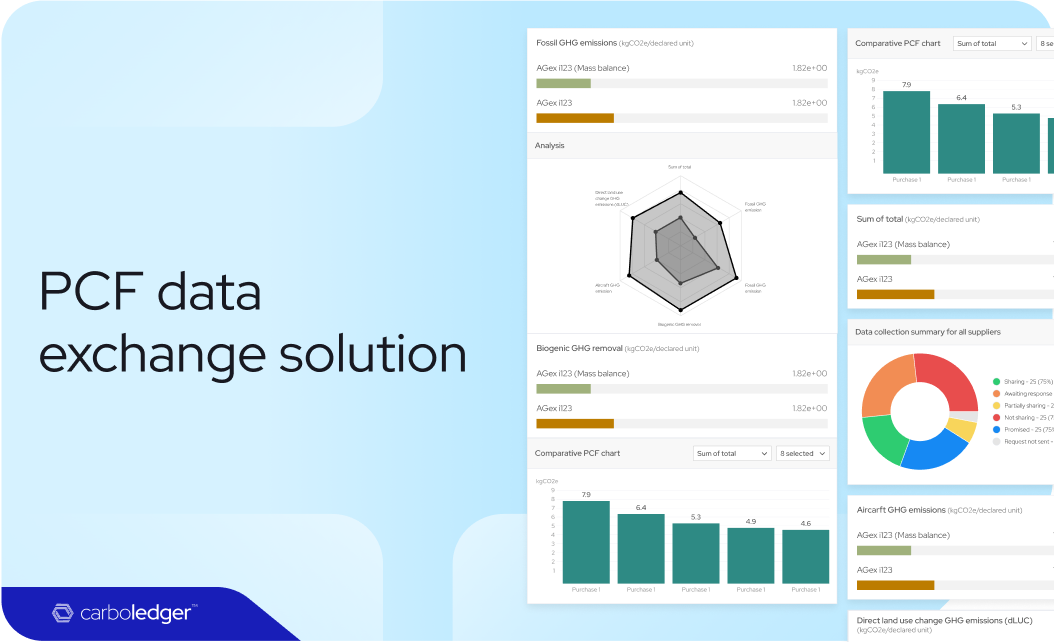Calculating the Product Carbon Footprint (PCF) involves a series of complex and meticulous steps, facing several challenges along the way. These challenges can affect the accuracy, comparability, and overall usefulness of the PCF data. Understanding these challenges is crucial for sustainability and LCA professionals to navigate the process effectively and implement strategies to mitigate these issues. Here are the primary challenges associated with calculating PCF data:
1. Data Availability and Quality
One of the most significant challenges in calculating PCF is obtaining reliable and accurate data. This includes both primary data, which can be resource-intensive to collect, and high-quality secondary data, which may not always perfectly align with the specific processes or products being assessed. The lack of detailed and specific data for certain emissions sources, especially for Scope 3 emissions, complicates the calculation and may lead to underestimation or overestimation of the PCF.
2. Methodological Variability and Standardization
Various methodologies and standards (e.g., ISO 14067, GHG Protocol, PAS 2050, TfS PCF Guideline) provide frameworks for (PCF) Product Carbon Footprint calculation. However, differences in these methodologies can lead to variability in PCF results. This variability poses challenges for comparing PCFs across products, companies, and industries. The lack of standardized methodologies or the selective application of different standards can hinder the comparability and transparency of PCF data.
3. Allocation of Emissions
In processes where multiple products are generated together (joint production), allocating emissions between the products can be challenging. This is particularly relevant in industries like chemicals, agriculture, and energy, where determining how much of the total emissions should be attributed to each product requires complex allocation methods. These methods can significantly influence the final PCF, adding a layer of complexity and potential subjectivity to the calculation.
4. Time and Resource Constraints
The process of calculating PCF is resource-intensive, requiring significant time, expertise, and financial resources. This can be a particularly challenging aspect for small and medium-sized enterprises (SMEs) or companies just beginning their sustainability journeys. The need for detailed life cycle assessments, data collection, and analysis demands dedicated personnel and can be a barrier to comprehensive PCF assessments.
5. Dynamic Nature of Supply Chains
Supply chains are dynamic, with sources, materials, and processes potentially changing over time. This dynamic nature can make it challenging to maintain an up-to-date and accurate PCF calculation. Regularly updating PCF data to reflect changes in the supply chain requires ongoing effort and resources.





